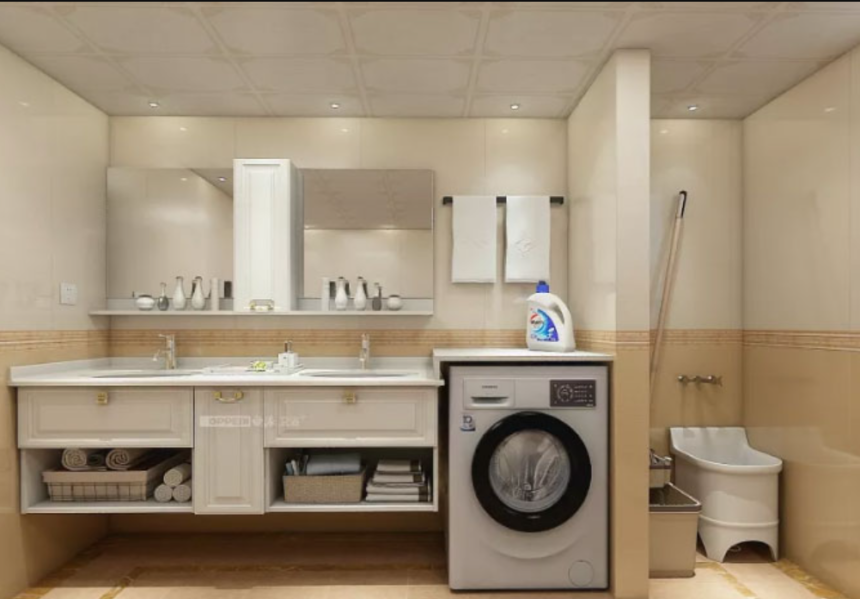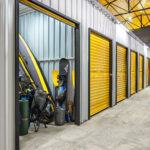Kitchen or bathroom? Which is the best room to install a washing machine, if not a separate laundry room? Of course, it depends not only on the advice of experts, but also on the living conditions, but still, are there some important points to pay attention to when making a decision? In this article, we will try to help you decide where your washing machine will last longer and better.
If earlier all tried to “hide” washing machines in bathrooms, today more and more often kitchens are designed with a built-in washing machine and other appliances, thereby involving almost all household electronics in its interior.
In our technologically advanced century, this process has been taken to a whole new level, and now no one is surprised by the fridge or washing machine, built into the kitchen. In addition, all the manufacturers of washing machines recommend connecting the appliance in the kitchen or even in the back room, but not in the bathroom, because this equipment is afraid of high humidity.
Now it is very popular to have a kitchen with a built-in washing machine in the floor cabinet, as it is in this version of the machine is organically hidden inside the garnish, closed by the front door. Almost all modern washing machines are silent, so from this side, there are no “contraindications” to installation in the kitchen. But if you encounter such a problem as the washing machine not spinning fast, it is quite realistic to fix it yourself.
Another option for installing a washing machine in the kitchen is when the appliance is built under the countertop, with an open front.
Installing a washing machine in the kitchen
The place where the equipment is installed should have a perfectly flat and solid surface – so that during the washing, and especially the spinning, the machine does not roll or jump. This is especially true for the GE washer with dryer, which, by the way, is considered one of the best in its category, and can serve for many years if used correctly. And in case the GE washer does not fill with enough water, it can be fixed pretty quickly.
The machine should be installed strictly horizontally, for which it is desirable to use a building level or plumb line, and check the top cover. Adjust the horizontal position and stability of the machine by screwing or unscrewing the support feet. The support feet are then mechanically secured by tightening the nuts counterclockwise.
It remains to connect the washing machine in the kitchen – the machine is supplied with a special drain hose, which should be inserted into a pre-prepared plumbing fixture. A corrugated drain hose is inserted into the tee of the sewer system. And finally, the machine is connected to the power grid.
Installing the washing machine in the bathroom
Getting to the installation of the device, first of all, you need to think about the presence of a pedestal, which facilitates the cleaning of the drain filter from the small debris that accumulates after washing. It will be good if the washing machine in the bathroom will stand on an anti-vibration mat.
Regardless of its modification, any washing machine needs 3 connection points – water, sewage, and electricity. Here it should be borne in mind that installation close to the wall or furniture is not allowed. The presence of a gap of at least 3 cm is one of the prerequisites. Bringing communications to the machine is made with the help of pipes that are hidden in the wall. A built-in washing machine in the bathroom requires the withdrawal of water and sewage so that the hoses remain behind its back wall, as required by the technical data.
Connecting the washing machine in the bathroom to the mains requires the installation of moisture-proof sockets. Their output is carried out on a separate fuse, located in the switchboard. The socket outlet is usually installed above the washing machine (exceptions only for ultrasonic washing machines).














